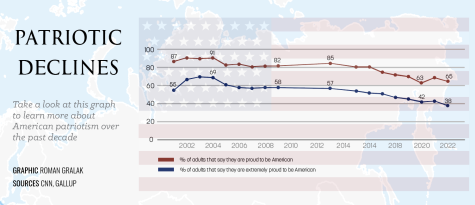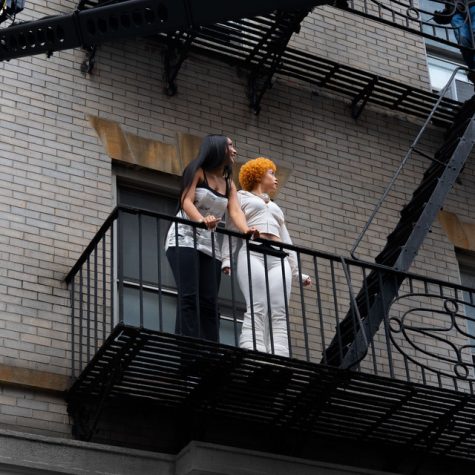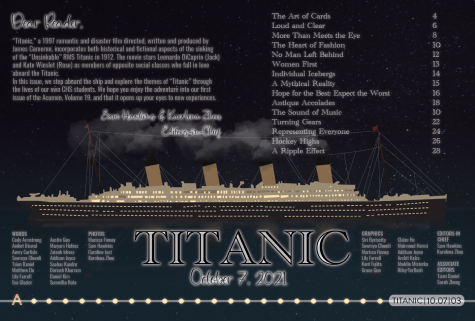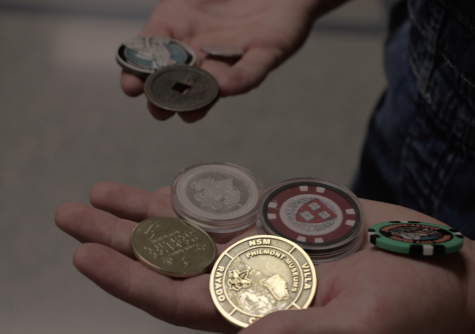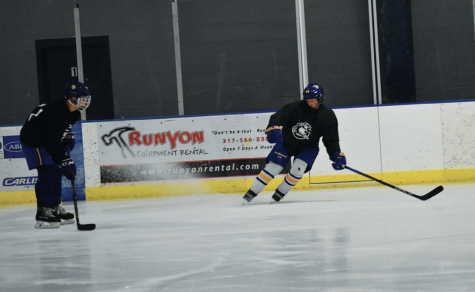Turning Gears
Engineering club members relay importance of collaboration, learning from mistakes
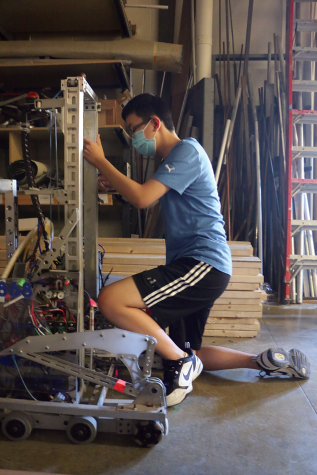
For Evan Shi, TechHOUNDS Programming and Electrical Division member and senior, TechHOUNDS has been at the forefront of his Science, Technology, Engineering and Math (STEM)-related high school career and passion ever since his sophomore year at this school. However, despite the importance of STEM knowledge, Shi said teamwork has become a significant driving factor for the club’s success.
“Teamwork is incredibly important in TechHOUNDS both within the division and between divisions,” Shi said. “Within the Programming and Electrical Division, there are always a lot of tasks that need to be accomplished, and it is crucial to work together and coordinate as certain members may know more about certain aspects of programming or electrical. Everyone’s strengths need to be contributed to help create the best robot.”
According to TechHOUNDS team coach Dave Fronek, TechHOUNDS is a part of the First Robotics Competition, which is an all-high-school-student competition involving thousands of different teams around the world. Each year, Fronek said games, such as having a robot throw a ball or carry an object, are designed by companies and released to schools where teams must build a robot from scratch to compete. Fronek also said he agreed with Shi about how crucial teamwork is during the build process for this competition.
“Once the build season starts, quite frankly, it’s a grind,” Fronek said. “It’s a six-week process. We meet every night, Monday through Friday, and then a lot of times we have a group of people… that meet every Saturday to work for five to six hours.”
Similarly, Shiva Viswanath, InvenTeam club member and senior, also said he attributes the club’s success to collaboration and work ethic after they were chosen as a design finalist for the Lemelson-MIT grant.
“At the end of last school year we submitted a proposal for our project idea which was chosen to be one of the finalist designs for the grant,” Viswanath said. “Our members collaborated throughout the process of locating a meaningful problem, and created an effective solution to that problem.”
 According to the Massachusetts Institute of Technology (MIT), the Lamelson-MIT InvenTeams are “groups of high school students, educators and mentors that invent technological solutions to real-world problems of their own choosing… Every year, up to 15 teams nationwide receive up to $10,000 each.” Viswanath said the team’s design process has been completed and they are awaiting the InvenTeam grant announcement for further development of their project.
According to the Massachusetts Institute of Technology (MIT), the Lamelson-MIT InvenTeams are “groups of high school students, educators and mentors that invent technological solutions to real-world problems of their own choosing… Every year, up to 15 teams nationwide receive up to $10,000 each.” Viswanath said the team’s design process has been completed and they are awaiting the InvenTeam grant announcement for further development of their project.
He said, “At this point we have submitted our final proposal and are awaiting further information from the grant committee.”
Another school organization involved in collaborative engineering is Carmel Tech Crew. According to senior Jenna Lindeman, Carmel Tech Crew members create all sorts of different mechanisms and objects for theatrical purposes.
“We make all the sets. We build them, we paint them, (do) construction, lighting, stage, sounds (and) stage management,” Lindeman said. “(Carmel Tech Crew) is all different areas and we all come together as one and practice together.”
Lindeman said engineering a structure or contraption does not come without its share of problems.
“We have room to make mistakes and mistakes will always happen every single day,” Lindeman said. “Something could be really hard, like a transition, and we need to work on making it a lot shorter or even building an extremely difficult piece.”
From those mistakes, Lindeman said learning from it and approaching the problem at a different angle is paramount in order to ensure improvement.
“When things go wrong, we talk about it and give our ideas on how we can approach it the next time and see what we need to do to make sure it doesn’t happen again,” Lindeman said.
Likewise, during the past six years he has been on the team, Fronek said he has also seen many mistakes regarding robot durability and structure. Furthermore, he said he agreed with Lindeman on how crucial it is to react to those mistakes and problem solve.
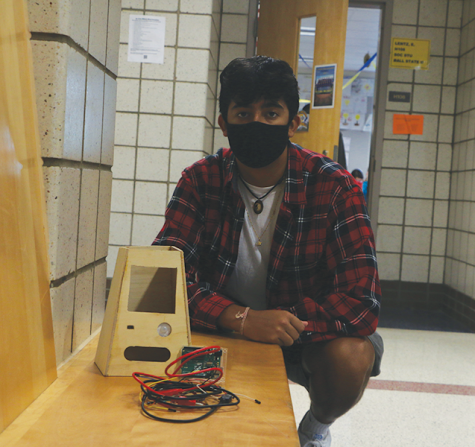
“(Mistakes) happen, I hate to say it, at every competition, quite frankly. These are 120 to 140 pound robots running at 15 to 20 miles an hour and running into each other,” Fronek said. “Things break so the team is constantly trying to put our robot in the best position possible.”
According to Shi, those mistakes can breed stress and emotional lows throughout the entire team.
“There have been many stressful times in TechHOUNDS, typically within the last few weeks of the build season,” he said. “(It) is very stressful as there is only a limited amount of time to finish the robot… and when a specific mechanism seems to fail to work during this time, the level of stress peaks.”
Fortunately, Shi said those stressful moments are counterbalanced by rewarding results each year. Everytime he sees a robot perform well, he said it reminds of all the hardship it took to get there.
“All of the times seeing the robot perform well in the competition are the most rewarding,” he said. “This is because I can actually see all of the hard work we put into this robot and knowing that all the hardships were worth it to see the robot represent the school and perform well in competitions.”



